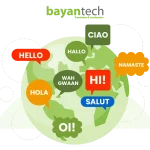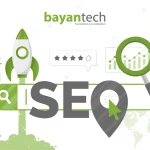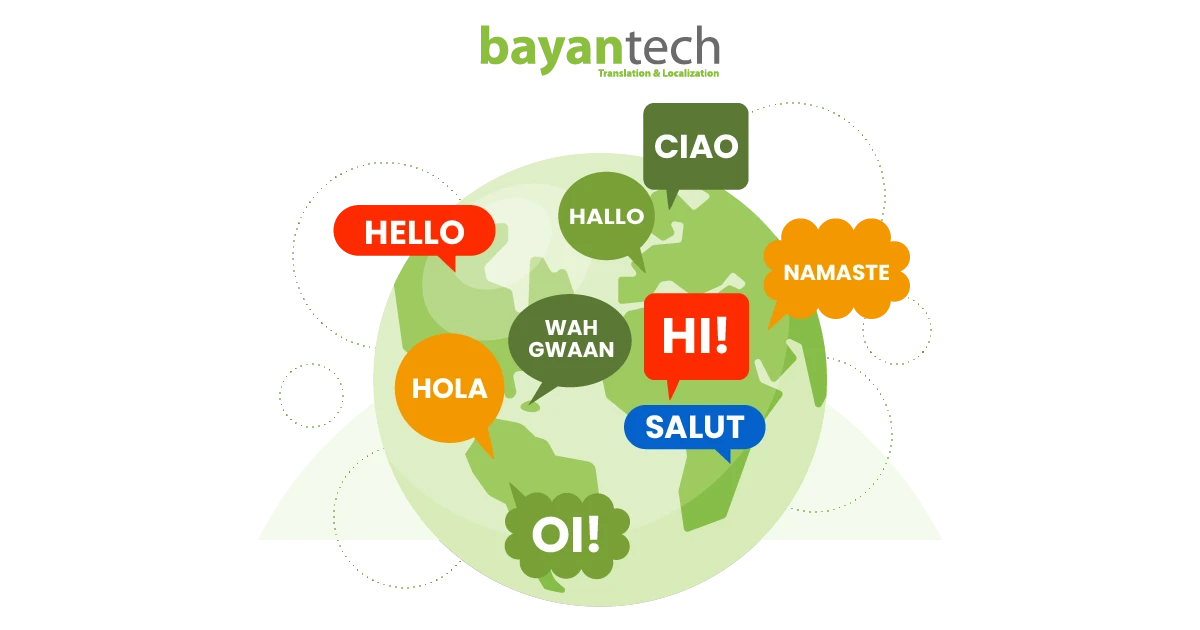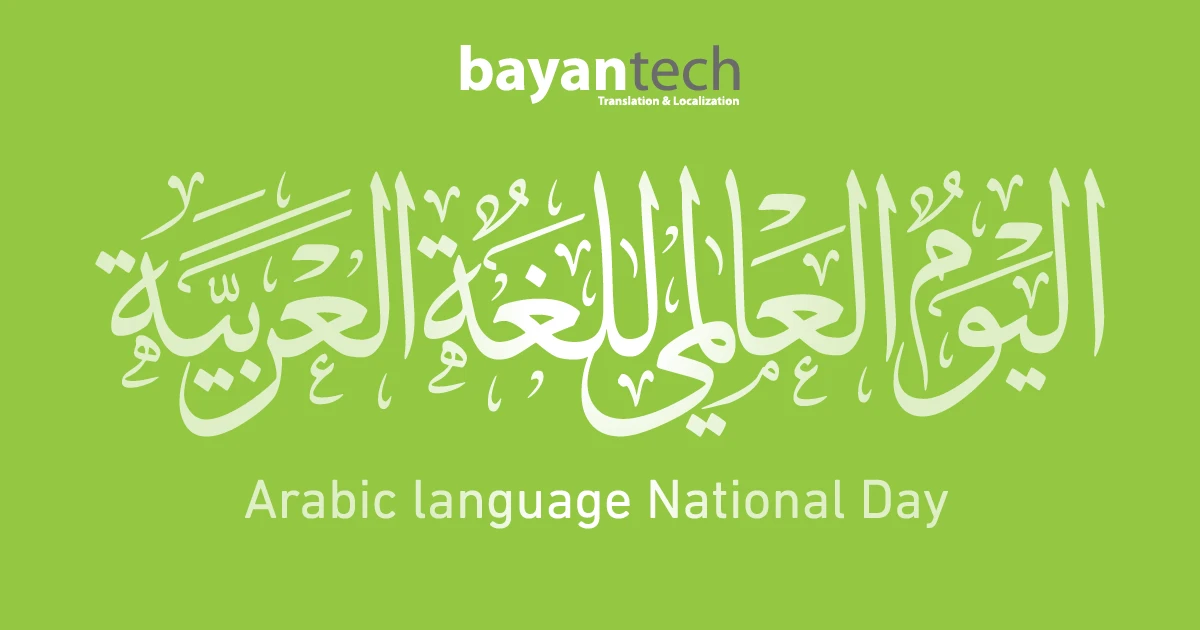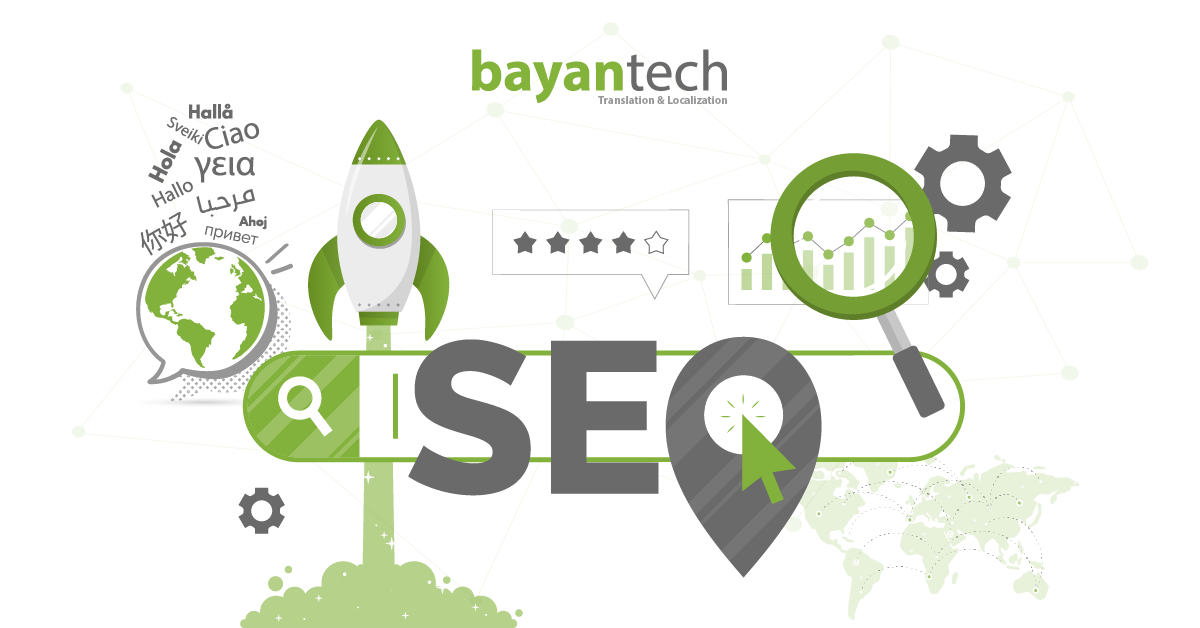When you’re targeting foreign audiences, from different and unique cultures, one thing to ask yourself is whether they’ll respond to your brand’s message the same way your local consumers do. Most likely the answer will be ‘’no’’. To better understand your new target audience market research is the way to go
Market research will give you a deeper insight into what your target market’s like and how to better approach it. But when your goal is to transcend your country’s borders and market your products or services internationally, comprehensive market research translation for each target locale is the way to go.
If your company is already operating on an international scale, or you rely on close partnerships with foreign stakeholders, you’ll need to translate all the research that sustains your expansion process. After all, professional multilingual market research is the backbone of a successful expansion strategy.
In this post, we’ll dive deep into the most important aspects of market research translation, 7 useful translation best practices, and who’s the best fit for this type of work. Let’s begin.

The 2 Types of Market Research Projects & their Primary Tools
Essentially, market research consists of collecting all the relevant data from a new market to later process it and perform an analysis to strategically decide what’s the best strategy to introduce a new product or service.
The ultimate goal of conducting market research is to make informed decisions. Through market research, a brand can decide what’s the best way to develop, market, and distribute a product, so it’s welcomed as the best solution for the needs and demands of potential customers.
When one conducts market research, there are two possible paths: qualitative and quantitative market research.
This choice will depend on your particular needs. And it will determine how you’ll develop the study.
Put briefly, qualitative market research focuses on determining your audience’s motivation through observation, usually in face-to-face meetings or small groups. On the other hand, quantitative market research is aimed at gathering extensive amounts of data through questionnaires, surveys, or pollings.
But let’s take a closer look at these two options and the tools they use.
Quantitative Market Research
The main goal of quantitative market research is to collect and standardize specific information. Thus, addressing key questions such as ”Is there a market for our product?” or ”Which demographic is most interested in our service?”
From this approach, the most widely used resources are usually online surveys and close-ended questionnaires. Besides, it’s usually focused on large groups, setting one’s sight on ensuring maximum representation of the audience.
But data recollection is only one part of the quantitative process. The information needs to make sense to the decision-makers (project managers, VPs, and board members alike), so it must be analyzed and processed in a way that responds to the research goals and questions.
Qualitative Market Research
If a quantitative approach is about knowing the ” what ” of customer behavior, a qualitative approach is about the ” why ” and how to achieve customer satisfaction. While there are many ways to conduct qualitative market research, focus groups and in-depth interviews are the most widely used.
The important thing about qualitative market research is to dig into what motivates your customers and to fully know and understand where their emotion comes from.
Quantitative research will help you to know the reasons why your brand likes or dislikes customers, what kind of messages they expect, and which ones they consider irrelevant. Finally, it will tell you what motivates them to consume.
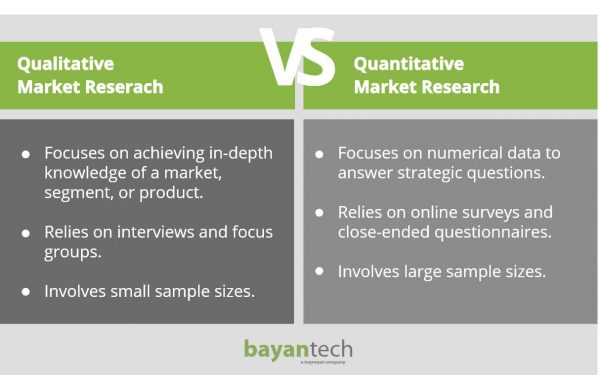
What Market Research Translation Is & Why You May Need It
So far, we’ve defined what market research is and its most common types. Now it’s time to talk about market research translation and why it’s crucial if you want to successfully target audiences who speak another language.
Expanding your business has never been more profitable or cost-effective than it is today.
Currently, we’re experiencing an opening in global markets, thanks to new technologies, the thriving era of eCommerce, and the massive adoption of social media channels, where brands and businesses share their new ideas and products every day. Nowadays, more and more businesses and brands aspire to and successfully connect with foreign audiences and prosper in new markets.
Consumption dynamics marked by the COVID-19 pandemic resulted in customers wanting and hoping for brands to authentically (and holistically) listen and meet their needs. And the best way to do so is by conducting in-depth market research that gives you insight into how your potential new customers think and feel.
Sign up to our newsletter to receive the latest blogs and news.
In multicultural and multilingual contexts, translation guarantees efficient information flows across locales. High-quality market research translation will help you keep all stakeholders on the same page, regardless of their native languages. These services will have to be performed by professionals who deeply understand the language and culture of your target markets.
Why? Mainly because in marketing research translation, the original information must be rendered with extreme precision, avoiding any omission or inaccuracy in the outputs that could compromise the results of the research.
It is worth mentioning that the main goal of market research often is to build a vision of the target demographic that’s as complete as possible, accounting for factors such as age, socioeconomic group, other products they enjoy, and so on. The content of the market research must be translated with this in mind.
Although both brands and language services are aware of the cultural and linguistic differences between countries, intranational diversity also has to be taken into account. This can pose a challenge in data recollection and considered, for example, in survey translation processes.
Working side by side with a first rate market research translation agency will guarantee you not only the best outcomes but the best outcomes in the tightest of deadlines.

7 Market Research Translation Best Practices
Having discussed what market research translation is and its role, we can’t stress enough the importance of having it carried out by a professional, competent translation agency with solid marketing translation expertise.
If you happen to be in this post searching for marketing translation services, or you are a translator in training hoping to learn more about the concerning topic, this section on Market Research Translation Best Practices can be valuable to you. Next, you’ll find 7 of our most reliable practices:
1- Aim for a Collaborative Approach With Your Trustworthy Translation Agency & Global Research Service
The output of market research is directly tied to the precision and accuracy of its compilations. The more accurate the dossier, the better and more informed the decisions are made. By contrast, poor conducted market research translation would be like building your house on lousy foundations.
The above seems a bit obvious. But the reality is that businesses and brands often forget how much translation and content localization processes matter.
The key to generating valuable market research translation and localized surveys that produce reliable and useful knowledge is to aim for a collaborative approach between a reliable translation agency and a global research service of your choosing.
During the translation & localization of your research, highly trained translators will ensure that survey content is sensitive to the needs, culture, and interests of the target audience. Tailoring content to a specific demographic will allow the market research company to ensure that the gathered information is consistent and makes sense to the purpose and goals of the study.
2- Define Your Target Culture & Get Know to Know it
Cultural awareness is key so that the survey developers can tailor the content of your research around the specific cultural expressions of the target languages. The more relevant the information is to the audience, the better and more accurate your feedback will be. Language is deeply cultural, and certain inconsistencies or insensitivity towards your audience can discourage or even offend them.
If you perceive a considerable rate of abandonment or lack of interest in certain languages, it is possible that mistakes are being made in translation and (or) localization. It’s important to trust the good judgment and experience of your language service provider because if a change is suggested, there must be a really good reason behind it.
3- Implement the Strongest Possible Quality Assurance Policy
It’s not an exaggeration to emphasize how important and impactful a well-implemented quality assurance policy is.
When it comes to translating and localizing surveys in multiple languages, link checking is a priority step involving QA. During link checking, a linguist will review all the translated content in the specific survey context, looking for any inaccuracy or inconsistency.
On the other hand, small errors can accumulate during the translation and localization process. But don’t panic, in addition to paying special attention to them during the process, once the first draft of the translation is finished, competent, highly trained translators will access the entire content and conduct proofreading, thoroughly searching for any mistakes or mistranslations.
We invite you to read our Quality Assurance policy to learn how we work and what values drive us to conduct strong, outstanding, and flawless market research translation projects.

4- The Right Mix of Dexterity, Automation, and Speed
When one is conducting market research translation, speed is critical. Processing and analyzing the collected info quickly and efficiently prevents the results from becoming outdated and irrelevant. How can you balance budget, accuracy standards, and constrained timeframes? Everyone has been through this question, at least a couple of times. When you conduct an investigation on a global scale, things can get complicated, but don’t worry, we have the answer for you.
Looking for a Specialized LSP?
The search for a specialized LSP can be daunting. Discover common market research translation challenges and conduct productive meetings with your LSP, thanks to our free Client Guide.5- Work with Multidisciplinary Translation Teams
When you’re looking for a translation team, it’s key that they have linguistic and cultural knowledge as well as tech know-how. It doesn’t matter which platform you’re using for info recollection (Medallia or InMoment) or even if you’re using a combination of multiple file formats, each translator handling the material needs to know how to navigate the text without disrupting the code.
6- Implement Translation Management Tools to Speed Up the Translation Process
Thanks to these technologies, the translation process has become unprecedentedly fast and efficient. Within the language services ecosystem, the right TMS will help you streamline the translation process, achieving fast, accurate results. The same system will notify you if mistakes or repetitions are being made. Some tools also facilitate version control. By being able to compare different versions of the text and assess contention points, you can arrive at a more accurate output in less time.

If you have a large number of open-ended responses in your surveys, Machine Translation can consistently speed up their translation process. If the target audience has the opportunity of using their own words, you’re gonna have to translate each response. Of course, machine translation will help to accelerate the process, but a human native-speaker translator needs to review the output to edit and add the cultural nuances that better fit the source text meaning.

7- Get Yourself a 24/7 Language Service Provider
No matter where you are, it’s essential to count on a linguistic service that works 24 hours a day to meet your needs. Errors that are not reviewed on time due to time zone differences can severely damage a business. To avoid this, competent translation agencies make sure to provide each client with a top-notch 24/7 customer service offering fast turnarounds for your requests, in case something needs to be done at the last minute.
Partner Up With a Leader in Market Research Translation Services
Nailing your international marketing strategy will require translating your marketing research. And this is a process that you should leave to a reliable translation service with field expertise.
At this point, market research translation seems like a lot to take in. Gladly, you’re not alone in this journey. At bayantech, we specialize in market research translation, with almost two decades of experience in the field, implementing the best marketing transcreation practices to get the work done, according to our clients’ specific needs.
We have worked side by side with industry leaders within the MENA region and beyond, conducting large-scale translation & localization projects with outstanding results.


